It’s a small town in the Coastal region.
Although it has the second-largest population, it has a quieter image and is predominantly inhabited by Muslims, in contrast to Nairobi. It’s about 460 km away from Nairobi, but the express transport services make it very convenient to travel.
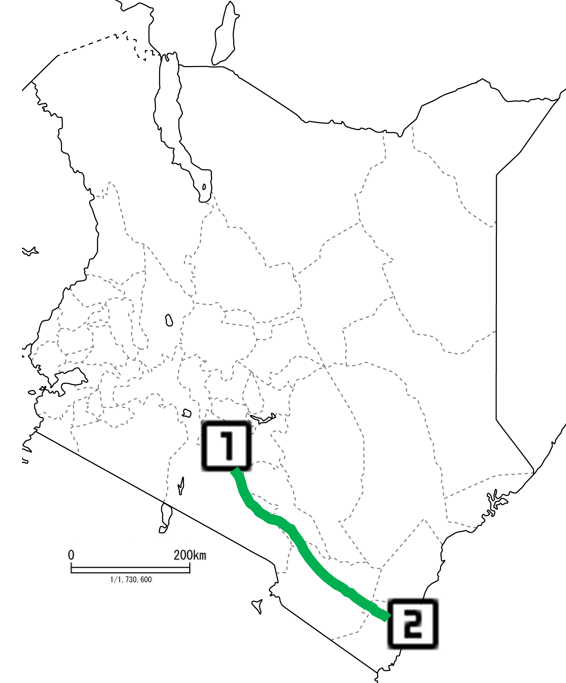
The main focus was Mombasa Island, known for its Old City. I also visited Kisauni and Changamwe. Likoni is famous for its beautiful beaches.

Experiencing Everyday Life – Mombasa Market, Kongowea Market
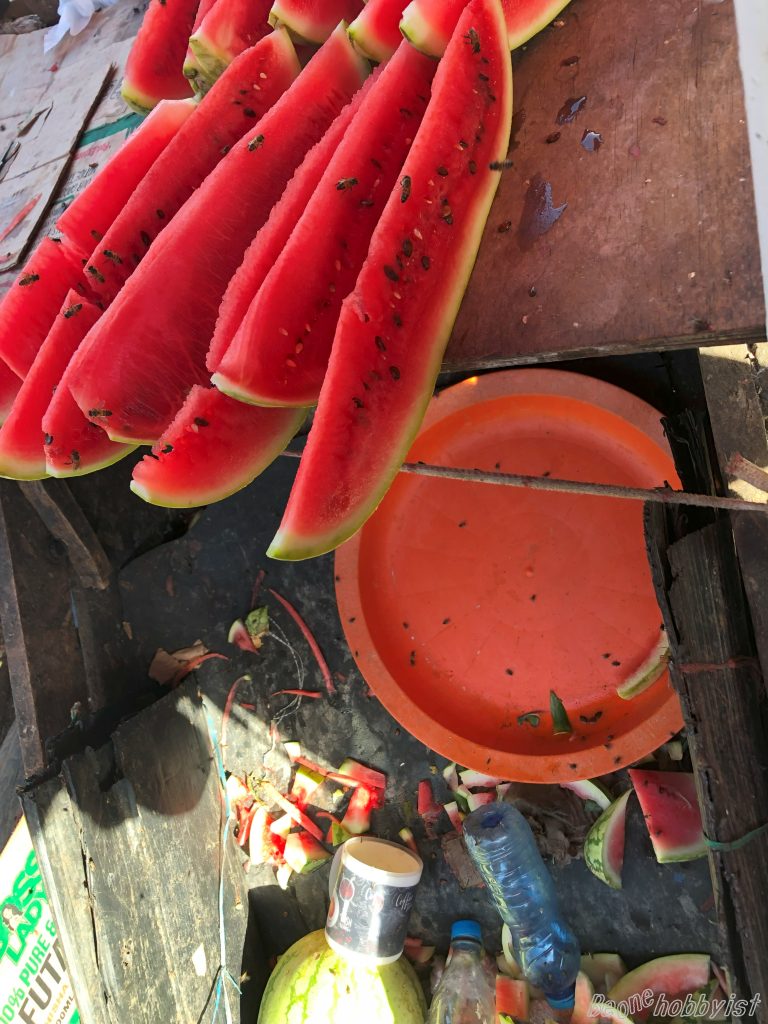
Various markets are spread out across different locations.
The Mombasa Market, located near Old City, is quite small and sells vegetables, fruits, and spices. In the vicinity, there’s a Meat Market where poultry and meat are butchered, and Mackinnon Market, which deals in fabric products.
Kongowea Market is exceptionally vast and is open almost all the time except at night. It’s so large that it’s difficult to cover the entire area on foot, with shops packed closely together.
Discovering Craftsmanship – Akamba Handicraft Industry, Bombolulu Coast Workshop and Cultural Centre
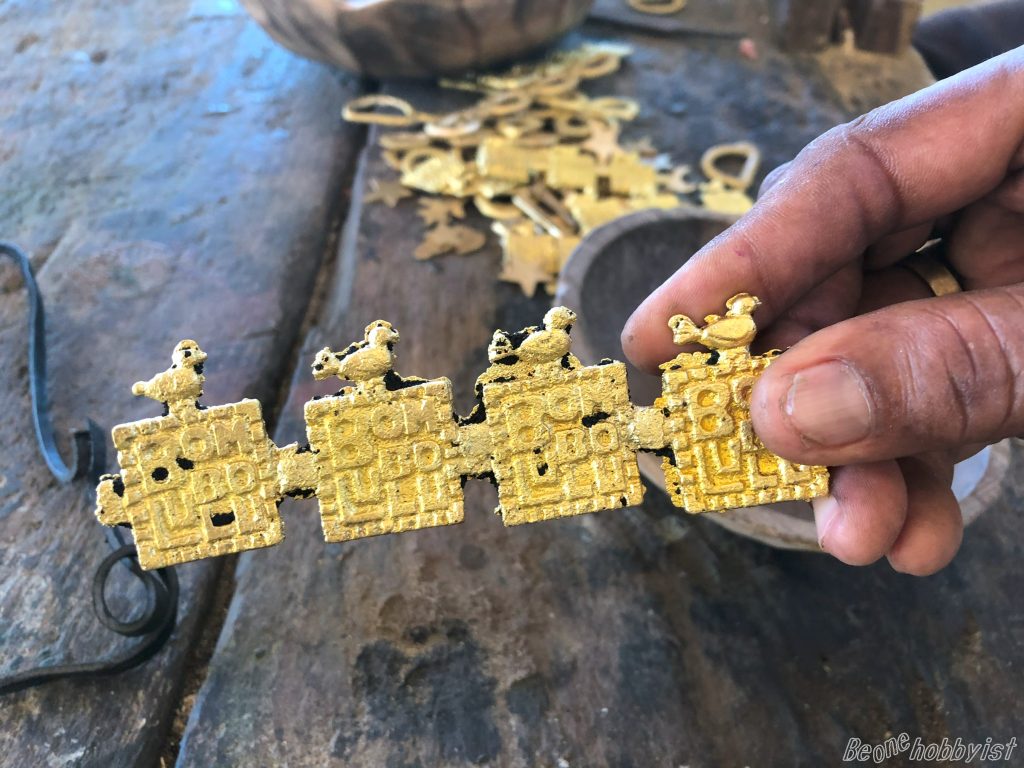
The Akamba Handicraft Industry primarily manufactures and sells products made of wood. The sales area is impressive, with a wide array of products tightly packed together. Behind the scenes, craftsmen gather, working with unique materials like wood with black cores that can only be found here.
The Bombolulu Coast Workshop and Cultural Centre is a special facility supported by the Kenyan government. The creators of its diverse products are individuals with disabilities, with the main focus being on domestic sales. Wheelchairs are also produced on-site, and there’s a school, making the center function like a small village.
Observing Traditional Dwellings and Dances – Mombasa Cultural Village
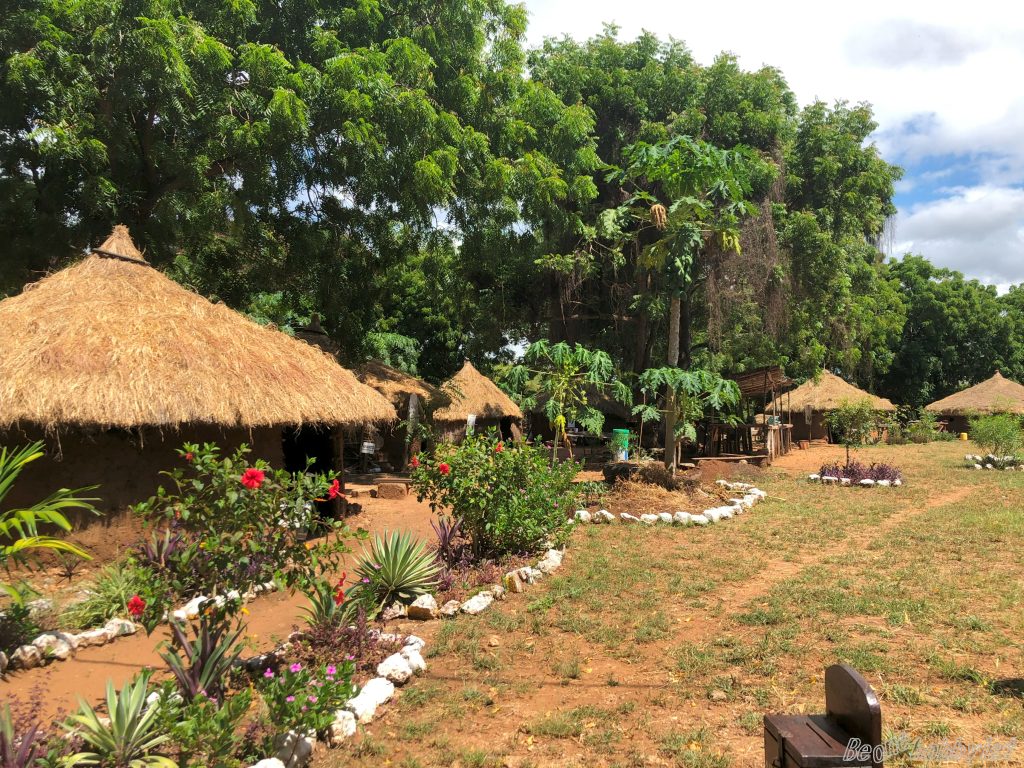
It’s a facility that was newly established in 2022 to introduce traditional tribal dwellings. It’s operated by people from various tribes, allowing visitors to physically experience the characteristics of different regions.
Tourism – Fort Jesus Museum, Old Town

Mombasa is home to a UNESCO World Heritage site, surrounded by Old City. Buildings in Old Town are predominantly Swahili, but due to Mombasa’s rich trade culture and history of foreign occupation, there’s a diverse architectural influence visible. This includes many examples of colonial Portuguese styles from the 16th century, as well as modern Islamic architecture.
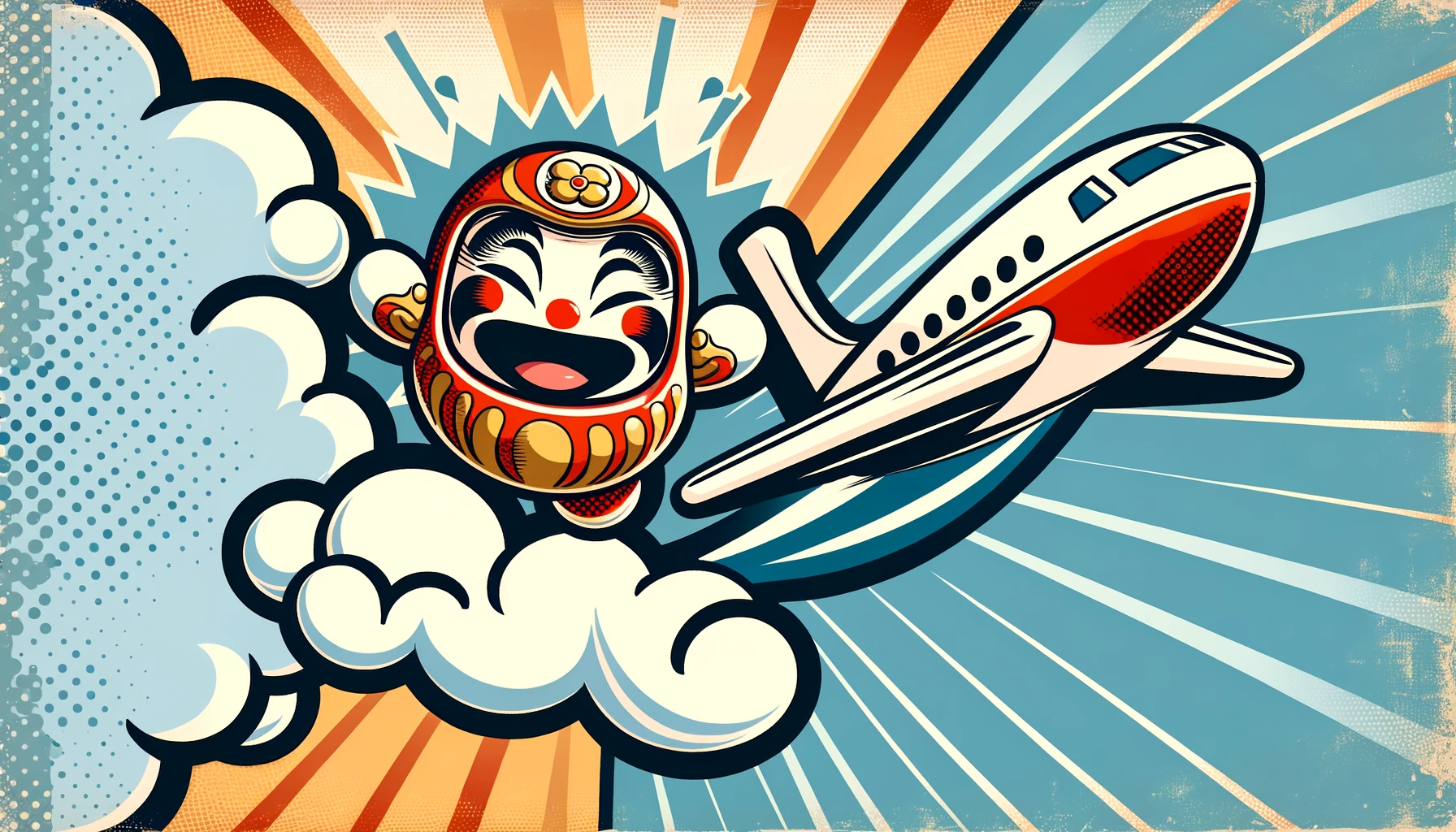 Be One hobbyist
Be One hobbyist 